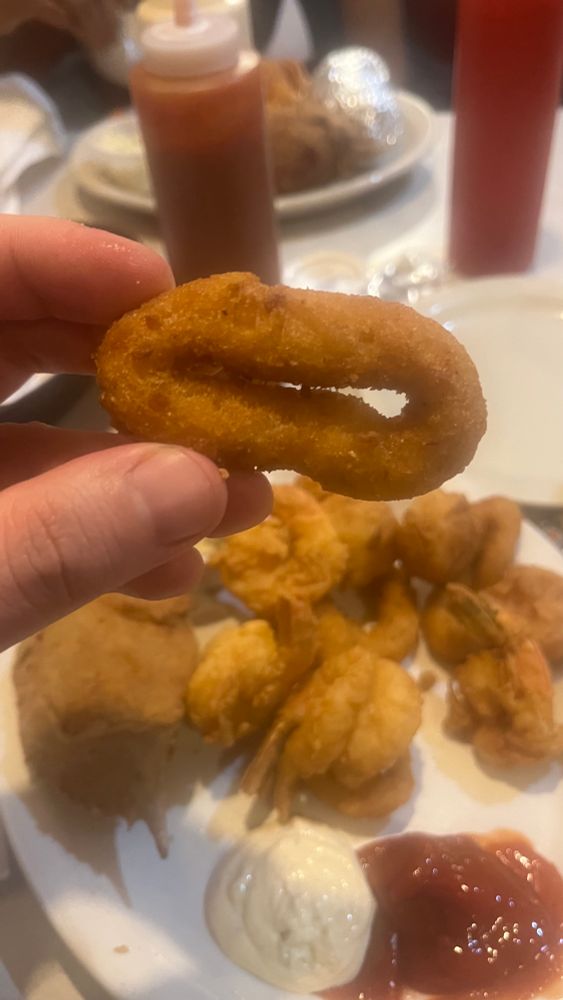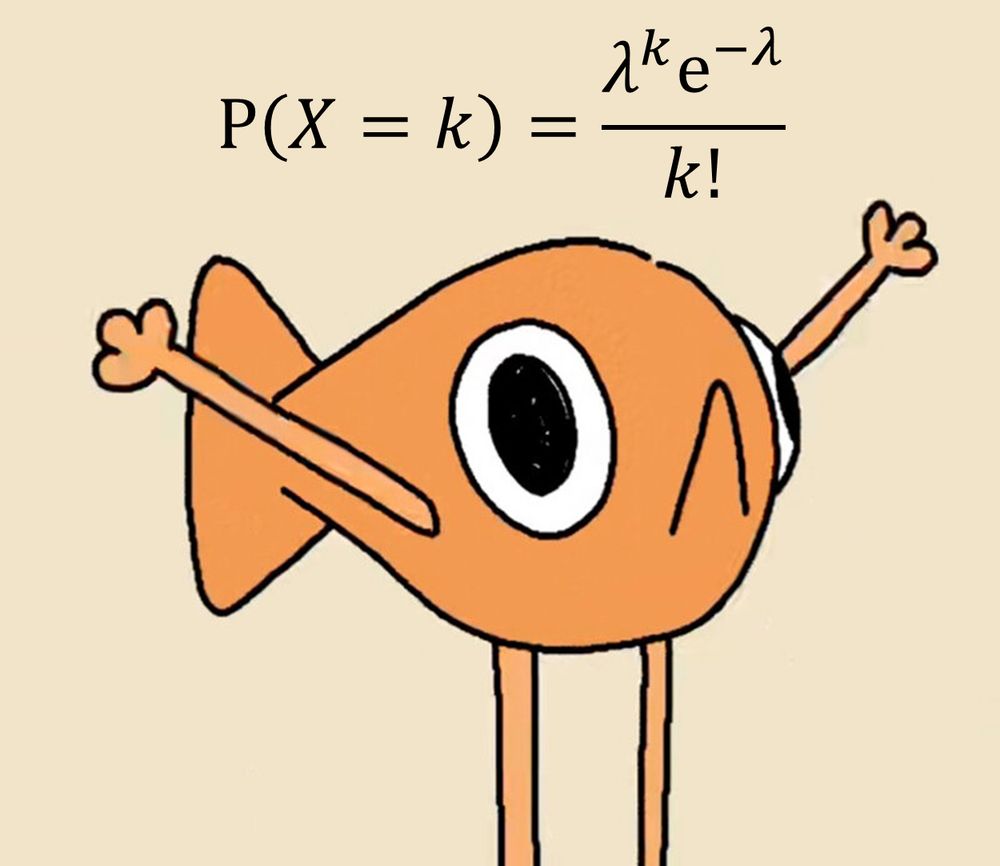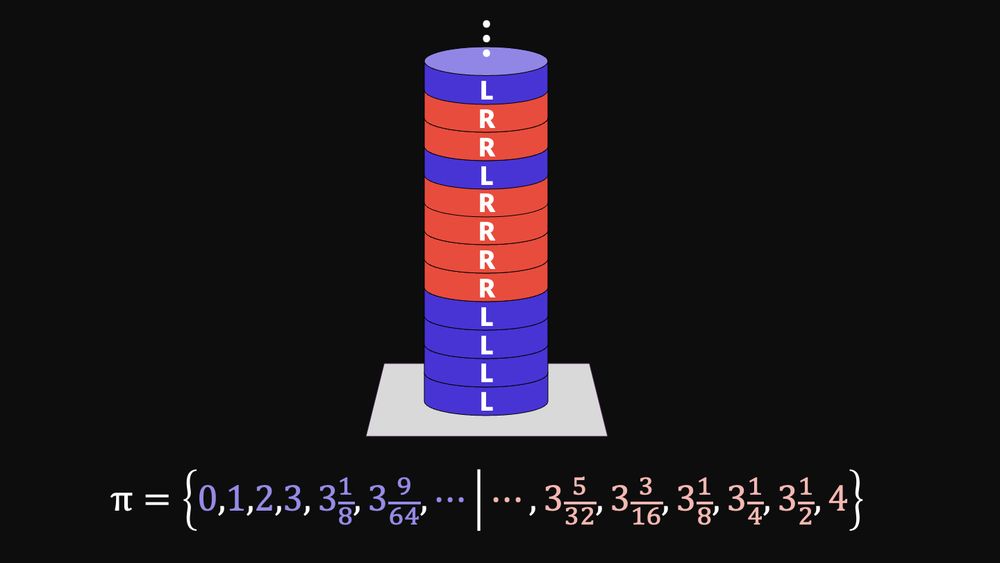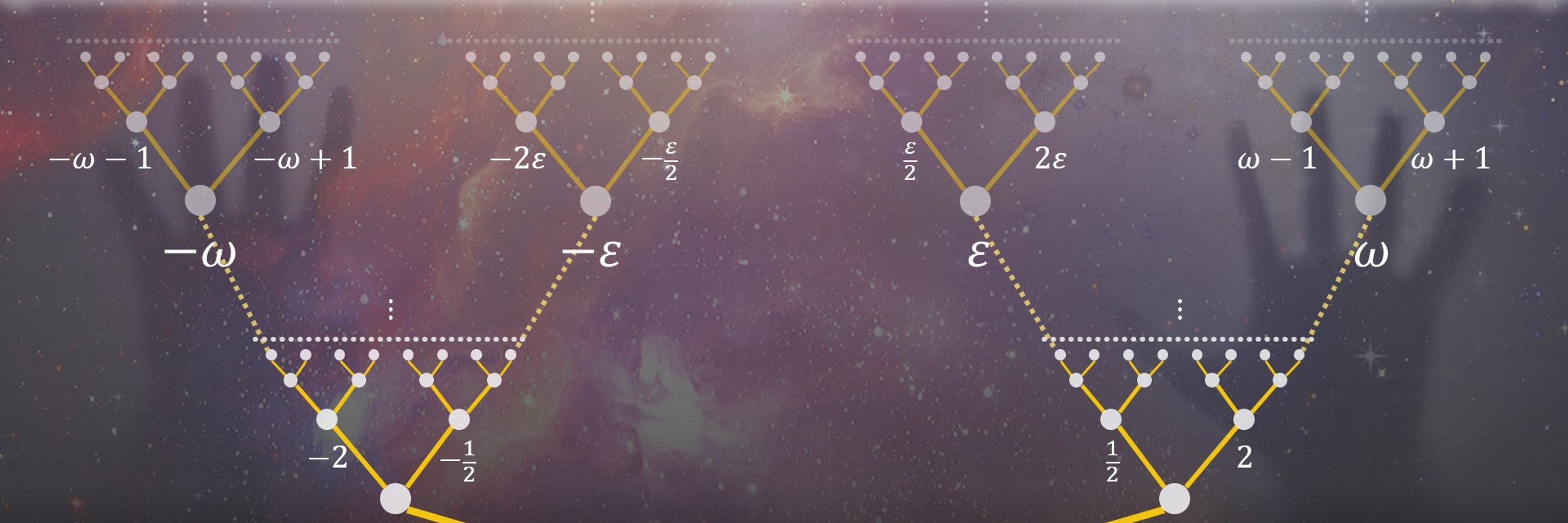
He/him. Pronounced SHILL-lit-toe.
Websites: https://www.solidangl.es, https://1dividedby0.com
sin(θ)
sin(π/2 - θ)
sin(θ)/sin(π/2 - θ)
1/sin(θ)
1/sin(π/2 - θ)
sin(π/2 - θ)/sin(θ)
sin(θ)
sin(π/2 - θ)
sin(θ)/sin(π/2 - θ)
1/sin(θ)
1/sin(π/2 - θ)
sin(π/2 - θ)/sin(θ)
Who took two vectors, thought "I wonder how I multiply these", and came up with ... those?
I've been toying with this since yesterday and would love to hear other thoughts.
Who took two vectors, thought "I wonder how I multiply these", and came up with ... those?
I've been toying with this since yesterday and would love to hear other thoughts.
I've taught both math majors and physics majors, and it would be nice to allow them to choose the convention that their field uses. 🙂
I've taught both math majors and physics majors, and it would be nice to allow them to choose the convention that their field uses. 🙂
TI-84 CE:
1. Press [Y=].
2. Press [2nd] [0] (CATALOG).
3. Press [PRGM] (C) to skip to the C functions.
4. Scroll down until you find cosh( and press [ENTER].
5. Type the rest of the expression and press [GRAPH].
@desmos.com:
1. Type y = cosh x.
TI-84 CE:
1. Press [Y=].
2. Press [2nd] [0] (CATALOG).
3. Press [PRGM] (C) to skip to the C functions.
4. Scroll down until you find cosh( and press [ENTER].
5. Type the rest of the expression and press [GRAPH].
@desmos.com:
1. Type y = cosh x.
We used to have a whole bunch of interesting named curves — cissoid, tractrix, strophoid, involute, pedal curve, and so on.
Now they've mostly been relegated to quaint examples in math textbooks.
Why were these relevant? And what happened to them?
We used to have a whole bunch of interesting named curves — cissoid, tractrix, strophoid, involute, pedal curve, and so on.
Now they've mostly been relegated to quaint examples in math textbooks.
Why were these relevant? And what happened to them?
What's the point of having students learn about the normal line? What's it good for specifically? (And "they'll see normals again in Calculus III" doesn't count.)
What's the point of having students learn about the normal line? What's it good for specifically? (And "they'll see normals again in Calculus III" doesn't count.)


If deg(f) < deg(g), then the f-mean of a data set is less than the g-mean.
So since f(x)=log x has "degree" 0 and g(x)=x has degree 1, the geometric mean is less than the arithmetic mean.
(I always forget which way it goes — now I'll always remember!)
If deg(f) < deg(g), then the f-mean of a data set is less than the g-mean.
So since f(x)=log x has "degree" 0 and g(x)=x has degree 1, the geometric mean is less than the arithmetic mean.
(I always forget which way it goes — now I'll always remember!)
Probably some combination of (1) teaching our data analysis unit in our STEM 101 course at Oglethorpe and (2) all of @howiehua.bsky.social's great posts surrounding Mean Girls Day.
I'd like to show how some of these various means are related.
🧵 [0]

Probably some combination of (1) teaching our data analysis unit in our STEM 101 course at Oglethorpe and (2) all of @howiehua.bsky.social's great posts surrounding Mean Girls Day.
I'd like to show how some of these various means are related.
🧵 [0]
(My journal submission based on my dissertation research got outright rejected.)
(My journal submission based on my dissertation research got outright rejected.)
en.wikipedia.org/wiki/Indian_...
en.wikipedia.org/wiki/Indian_...
The English language is not base ten.
It's base thousand.
Sure, we write numbers using the Hindu-Arabic digits 0 through 9, but the way our language is structured groups numbers in powers of a thousand.
If anything, we're sub-base ten.
(1/5)

The English language is not base ten.
It's base thousand.
Sure, we write numbers using the Hindu-Arabic digits 0 through 9, but the way our language is structured groups numbers in powers of a thousand.
If anything, we're sub-base ten.
(1/5)
English teachers, how do y'all even do it?
I'm honestly struggling. 😕
English teachers, how do y'all even do it?
I'm honestly struggling. 😕
Me: “Yeah I know right? Oh hey by the way, what time does this class end?”
Student: “At 11:30.”
Me: *waits*
Multiple students: “…OHHHHHHHHHH”
#MathSky
Me: “Yeah I know right? Oh hey by the way, what time does this class end?”
Student: “At 11:30.”
Me: *waits*
Multiple students: “…OHHHHHHHHHH”
#MathSky
Students learned how to count in Iñupiaq and write numbers using the Kaktovik numerals (as well as convert between base ten and base twenty). 🧮
Lots of discussion about how the way we're used to thinking isn't the only way to do things! 🙂


Students learned how to count in Iñupiaq and write numbers using the Kaktovik numerals (as well as convert between base ten and base twenty). 🧮
Lots of discussion about how the way we're used to thinking isn't the only way to do things! 🙂
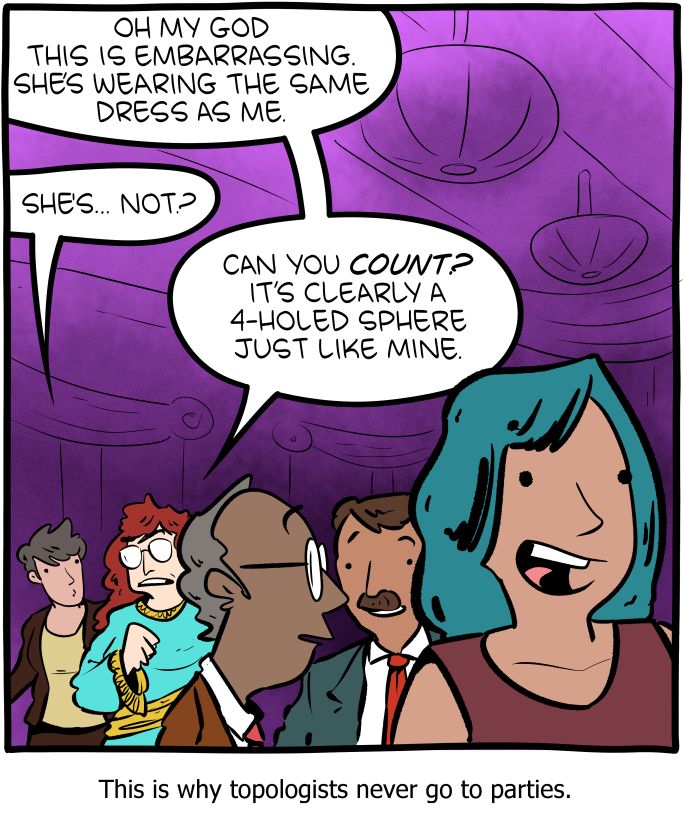
Also me: I dun wanna get up it’s not noon yet
Also me: I dun wanna get up it’s not noon yet
scholarworks.gsu.edu/entities/pub...
It's been exhausting going to school while working full time at Oglethorpe... But looking forward to doing my own projects again, like video-making and textbook-writing!
scholarworks.gsu.edu/entities/pub...
It's been exhausting going to school while working full time at Oglethorpe... But looking forward to doing my own projects again, like video-making and textbook-writing!
